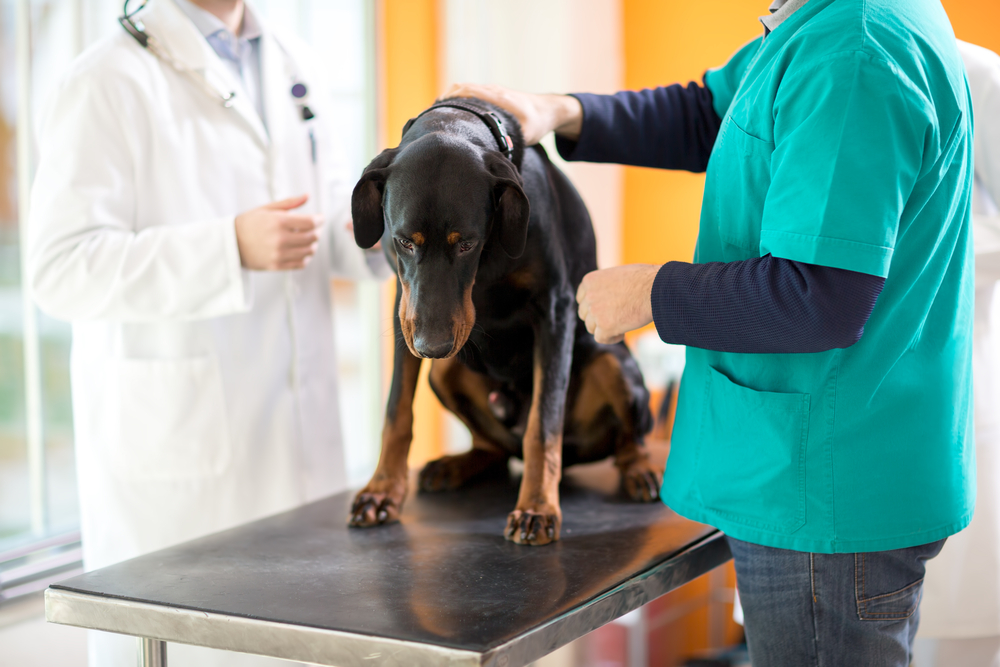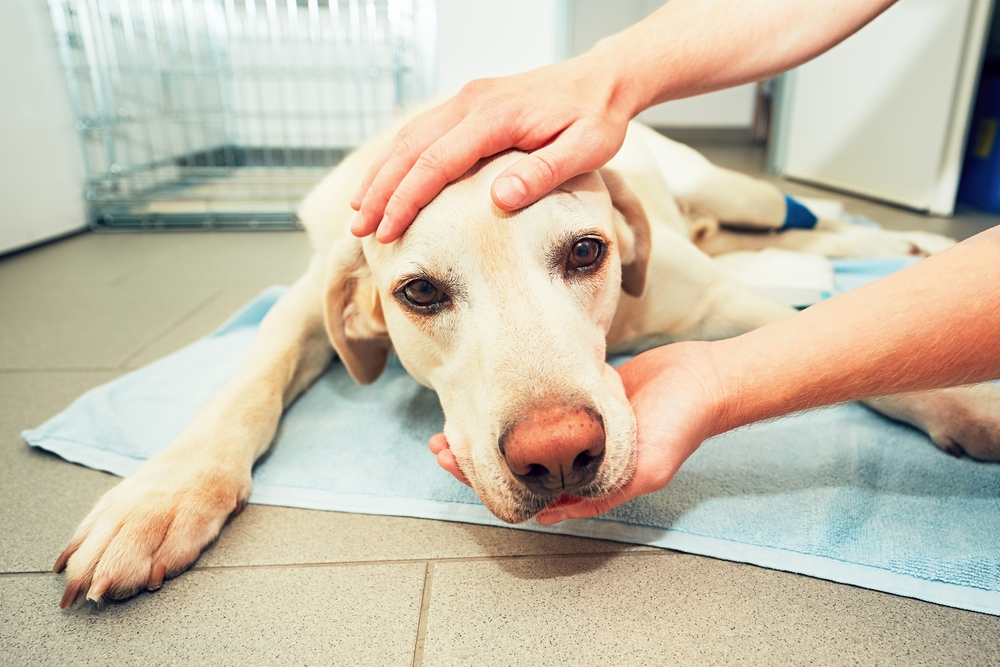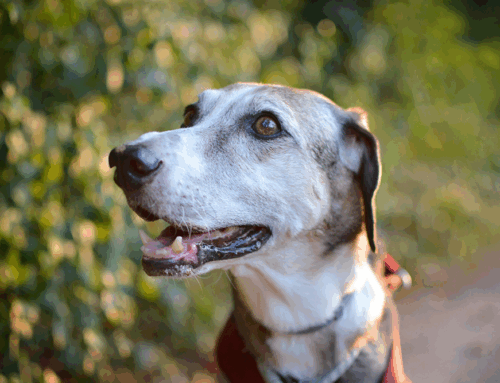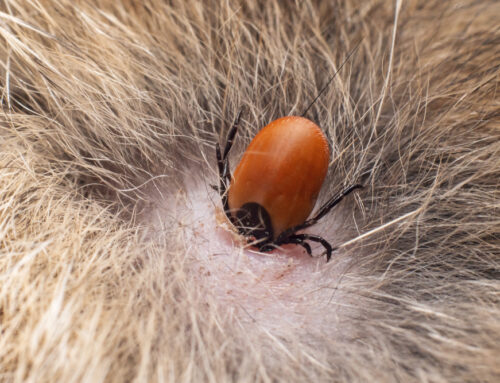The Most Common Types of Cancer in Pets: Early Detection & Treatment
Cancer is one of the leading causes of illness and death in pets, especially in older animals. Nearly 50% of dogs over the age of 10 will develop some form of cancer. While a cancer diagnosis can be concerning, advancements in veterinary medicine have greatly improved the early detection, treatment options, and overall prognosis for many pets.
At Cane Bay Veterinary Clinic we offer comprehensive cancer screenings, diagnostics, and treatment strategies to help manage cancer and improve your pet’s quality of life. Early intervention is key to extending and enhancing the lives of pets with cancer.
Understanding Cancer in Pets
What Is Cancer?
Cancer occurs when cells grow and multiply uncontrollably, leading to the formation of tumors. These tumors can be benign (non-cancerous) or malignant (cancerous). Malignant tumors are particularly dangerous because they can spread (metastasize) to other parts of the body, leading to severe complications.
Risk Factors for Cancer in Pets
While cancer can affect any pet, certain factors increase the risk:
- Age: Cancer is more common in older pets.
- Genetics: Certain breeds are predisposed to specific types of cancer.
- Environmental Factors: Exposure to pesticides, secondhand smoke, and excessive sunlight can increase cancer risk.
- Hormonal Influence: Cancers like mammary tumors are linked to reproductive hormones, making spaying and neutering an essential preventive measure.
The Most Common Types of Cancer in Dogs and Cats
1. Lymphoma
- What It Is: Cancer of the lymphatic system, which is responsible for immune function.
- Common in: Golden Retrievers, Boxers, and FeLV-positive cats.
- Symptoms:
- Swollen lymph nodes
- Loss of appetite and weight loss
- Increased thirst and urination
- Treatment Options: Chemotherapy is highly effective and can lead to remission in many cases.
2. Mast Cell Tumors (MCTs)
- What It Is: A common skin cancer in dogs, originating from mast cells involved in allergic reactions.
- Common in: Boxers, Boston Terriers, and Labrador Retrievers.
- Symptoms:
- Raised, firm, or ulcerated lumps
- Redness, swelling, or itchiness
- Treatment Options: Surgical removal, radiation therapy, and targeted medications.
3. Osteosarcoma (Bone Cancer)
- What It Is: An aggressive bone tumor primarily affecting large and giant breed dogs.
- Common in: Great Danes, Rottweilers, and Greyhounds.
- Symptoms:
- Limping or lameness
- Swelling near the joints
- Pain when walking
- Treatment Options: Amputation combined with chemotherapy is the standard treatment.
4. Mammary Gland Tumors (Breast Cancer)
- What It Is: The most common cancer in unspayed female dogs and cats.
- Common in: Older, unspayed females, especially Poodles and Siamese cats.
- Symptoms:
- Lumps or swelling near the mammary glands
- Ulceration or discharge from the nipples
- Treatment Options: Spaying before the first heat cycle reduces risk by up to 90%. Surgical removal is often necessary.
5. Hemangiosarcoma
- What It Is: A highly aggressive cancer of the blood vessels, often affecting the spleen, liver, and heart.
- Common in: German Shepherds, Golden Retrievers, and Labrador Retrievers.
- Symptoms:
- Sudden collapse
- Pale gums and rapid breathing
- Abdominal swelling
- Treatment Options: Emergency surgery followed by chemotherapy.
6. Squamous Cell Carcinoma (SCC) in Cats
- What It Is: A skin cancer caused by prolonged sun exposure.
- Common in: White or light-colored cats, especially those who spend time outdoors.
- Symptoms:
- Non-healing sores on the ears, nose, or eyelids
- Red, inflamed areas that may bleed
- Treatment Options: Surgical removal, cryotherapy, or radiation therapy.
Signs of Cancer in Pets
Early Warning Signs of Cancer
Early detection can improve treatment outcomes. Watch for:
- Unexplained weight loss
- Loss of appetite or difficulty eating
- Lumps or bumps that grow or change
- Persistent coughing or breathing difficulties
- Chronic vomiting or diarrhea
- Non-healing sores or wounds
If you notice any of these signs, contact Cane Bay Veterinary Clinic for an evaluation. Schedule an appointment today.
Diagnosing and Treating Cancer in Pets
1. Diagnostic Tools
Veterinary diagnostics help detect cancer as early as possible:
- Fine needle aspiration (FNA) or biopsy to analyze suspicious growths.
- Bloodwork and imaging (X-rays, ultrasound, CT scans) to evaluate internal organs.
2. Treatment Options
- Surgery: The most effective option for localized tumors.
- Chemotherapy: Helps slow cancer progression and extend quality of life.
- Radiation therapy: Targets tumors that cannot be surgically removed.
- Palliative care: Pain management for advanced cases.
More on veterinary oncology: Cancer in Pets – AVMA
Preventing Cancer in Pets
1. Early Detection & Routine Checkups
- Annual exams help detect cancer in its earliest stages.
- Routine bloodwork can identify cancer markers before symptoms appear.
2. Spaying and Neutering
- Spaying before the first heat cycle greatly reduces the risk of mammary cancer.
- Neutering eliminates the risk of testicular cancer in male pets.
3. Healthy Diet and Lifestyle
- A balanced diet supports immune function.
- Regular exercise helps maintain a healthy weight and reduces cancer risk.
- Limiting sun exposure helps prevent squamous cell carcinoma in light-colored pets.
Book your pet’s wellness exam today: Schedule an Appointment
Why Choose Cane Bay Veterinary Clinic for Cancer Care?
- Comprehensive cancer screenings and diagnostics
- Experienced veterinarians
- Personalized treatment plans for each pet
- Advanced pain management and palliative care options

Additional Resources
More on Pet Cancer:







Leave A Comment